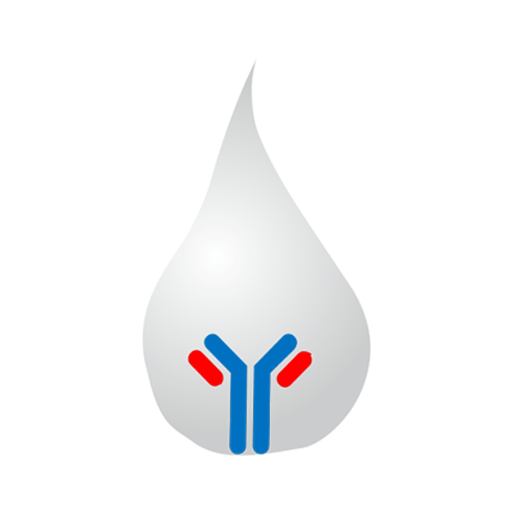Description
| CATALOG # | OttoBC136 |
| PRODUCT NAME | Creatine Kinase (CK) Assay Kit |
| APPLICATIONS | Fully automated analyzer, Spectrophotometer |
| REACTIVITY | Universal |
| SAMPLES TYPE | Serum, Plasma (Edta or Heparin) |
| Content | Explanation | Shelf life |
| Reagent-1 | 1x30ml | 6 months |
| Reagent-2 | 1x8ml | 6 months |
| Calibrator | 1×0.5ml | 6 months |
| Q.Control | 1×0.5ml | 6 months |
- Black H.R. Quallich H Gareleck CB. Racial differences in serum Creatine kinase levels Am J Med 7986;81:479-487
- Glick M.R., Ryder K.W., Jackson SA. Graphical Comparisons of Interferences in Clinical Chemistry lnstrumentation. Clin Chem 1986;32:470-474.
- Guder W.G., Narayanan S., Wisser H., Zawta B. List of Analytes Preanalytical Variables, Brochure in Samples: From The Patient to the Laboratory. Darmstadt: GIT Verlag 1996
- Horder M., Elser R.C., Gerhard M. et al. Approved Recommendation on IFCC Methods for the Measurement of Catalytic Concentration Chem. Clin Biochem 1991;29:435-456
- Klauke R., Schmidt E., Lorentz K., Recommendations for carrying out standard ECCLS procedures (1988) for the catalytic concentration of creatine
kinase, aspartate aminotransferase, alanine aminotransferase and yglutamyltransferase at 37°C. Eur. J Clin Chem. Clin Biochem. 1993;31:901-909
- Lorentz K., Röhle G., Siekmann L. DG Klinische Chemie Mitteilungen 1995;26:190-192
- Moss D.W, Henderson AR. Digestive enzymes of pancreatic origin. In: Burtis C.A., Ashwood E.R., editors. Tietz Textbook of Clinical Chemistry. 3rd ed.
Philadelphia: W.B. Saunders Company; 617 – 721 (1999)
- Oliver I.T. Biochem J Lab Clin Chem. Med 1967; 69-696J. Clin. Chem. Clin. Biochem. 15, 249 (1977)
- Recommendations of the German society for Clinical chemistry. standardization of methods for the estimation of enzyme activities in biological
fluids: Standard method for the determination of creatine kinase activity. J Clin Chem Biochem 15: 255 -260 1977
- Stein W. Laboratory Diagnosis of Acute Myocardial Infarction. Darmstadt: GIT Verlag 1988: 34-37.
- Stein W. Med. Welt 1985;36:572
- Szasz G. Busch E.W. Third European Congress of Clinical Chemistry Brighton, England 3.-8. June 1979 (Abstract)
- Szasz, G. et al Clin. Chem. 22, 650 (1976)
- Thomas L. ed. Labor und Diagnose, 4th . Marburg: die Medizinische Verlagsgesellschaft.1992
- Tietz N.W. Clinical Guide to Laboratory Tests, 3rd Philadelphia, Pa: WB
Saunders Company, 1995:486–487.
- Thomas L, Klein G. Neue vorläufige Normalbereiche für neun Serumenzyme.
Deutsches Ärzteblatt 2006;103;Heft 7
